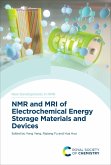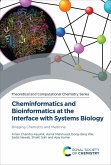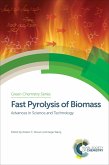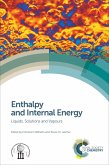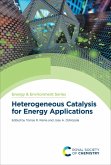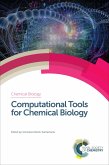Written chemical formulas, such as C2H6O, can tell us the constituent atoms a molecule contains but they cannot differentiate between the possible geometrical arrangements (isomers) of these models. Yet the chemical properties of different isomers can vary hugely. Therefore, to understand the world of chemistry we need to ask what kind of isomers can be produced from a given atomic composition, how are isomers converted into each other, how do they decompose into smaller pieces, and how can they be made from smaller pieces? The answers to these questions will help us to discover new chemistry and new molecules. A potential energy surface (PES) describes a system, such as a molecule, based on geometrical parameters. The mathematical properties of the PES can be used to calculate probable isomer structures as well as how they are formed and how they might behave.
Exploration on Quantum Chemical Potential Energy Surfaces focuses on the PES search based on quantum chemical calculations. It describes how to explore the chemical world on PES, discusses fundamental methods and specific techniques developed for efficient exploration on PES, and demonstrates several examples of the PES search for chemical structures and reaction routes.
Exploration on Quantum Chemical Potential Energy Surfaces focuses on the PES search based on quantum chemical calculations. It describes how to explore the chemical world on PES, discusses fundamental methods and specific techniques developed for efficient exploration on PES, and demonstrates several examples of the PES search for chemical structures and reaction routes.
Dieser Download kann aus rechtlichen Gründen nur mit Rechnungsadresse in A, D ausgeliefert werden.




